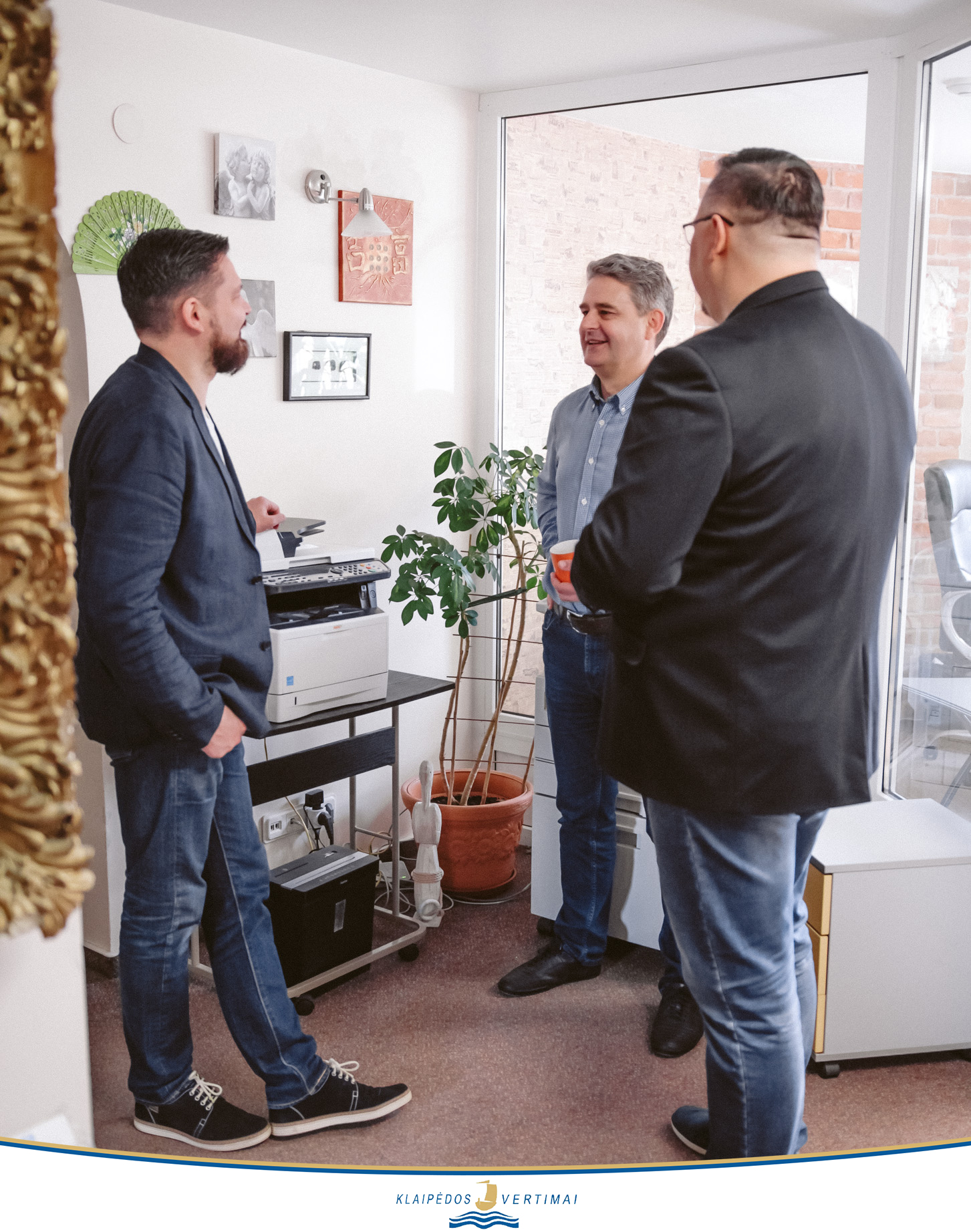Consecutive interpretation
During consecutive interpreting, the interpreter stands close to the speaker, listens to his / her speech and reproduces it in another language.
The interpreter stands or sits next to the speaker, listens to his / her speech and interprets it into another language. There are two types of consecutive interpretation: ‘short-term’ and ‘long-term’. ‘Short-term’ consecutive interpreting deals with interpretation of relatively short segments of speech (usually 2-3 sentences). This method of interpreting is most commonly used in business negotiations, short-term visits, and so on. However, the use of ‘long-term’ interpretation (5- 20 minutes), more precisely – interpretation of fragments, is becoming more common.
Although consecutive interpretation is often replaced by simultaneous interpretation, it continues to be used during certain meetings (e.g., when dealing with technical issues, during business lunches, small group meetings, visits, training sessions, and travel). A professional interpreter is also able to reproduce long speeches with accuracy.
Advantages of consecutive interpretation:
Informative and accurate communication of meaning and inference in the specified language;
Interpreting, taking into account content and intonation;
Rapid reproduction of thoughts in a calm and stable environment;
Accurate and unambiguous interpretation;
Creation of a warm relationship between the speaker and the listener in the course of interpreting.




